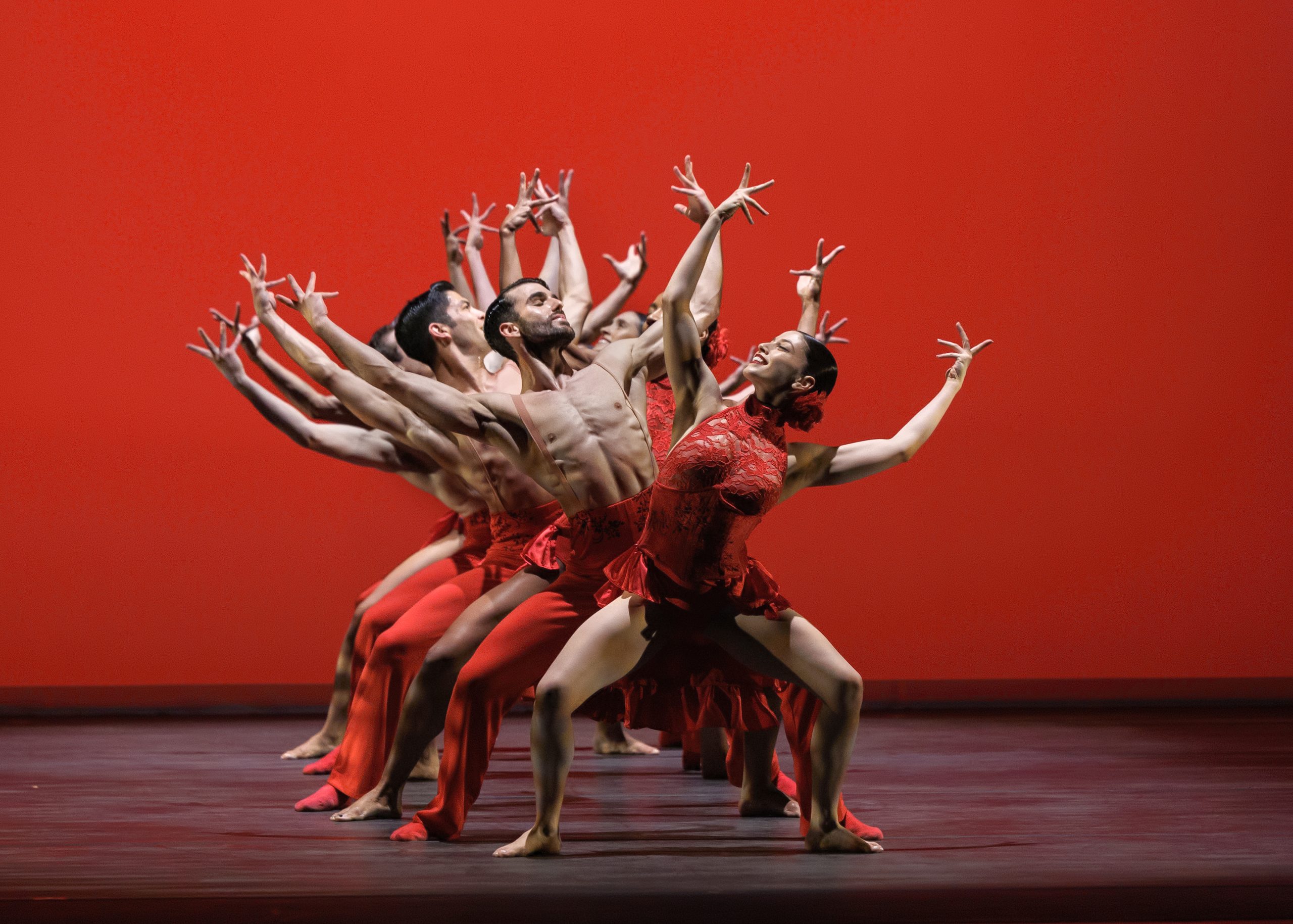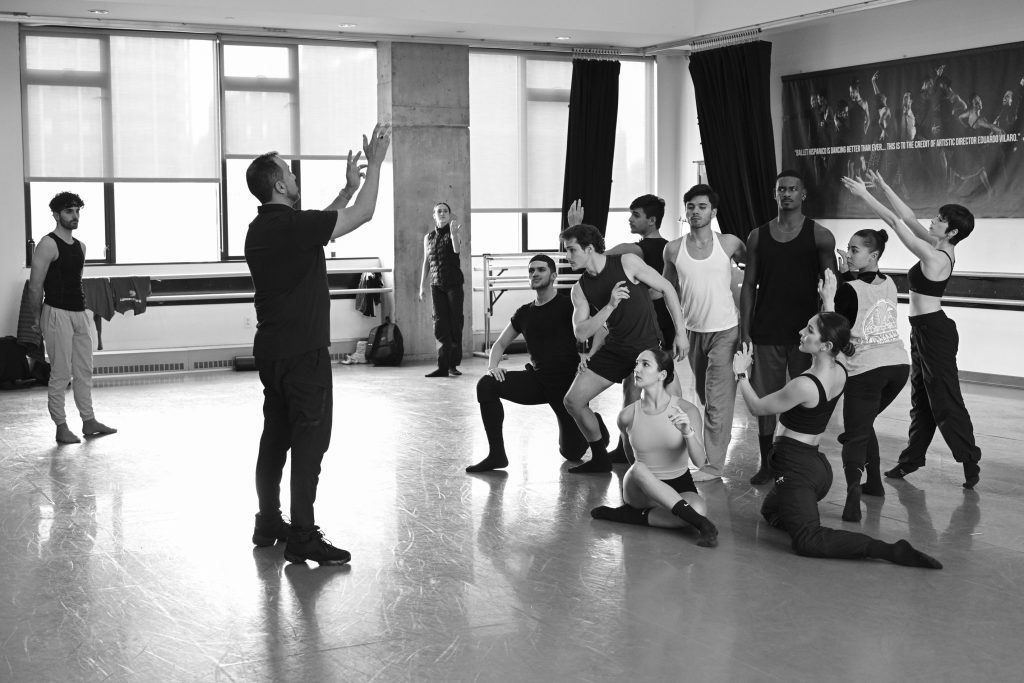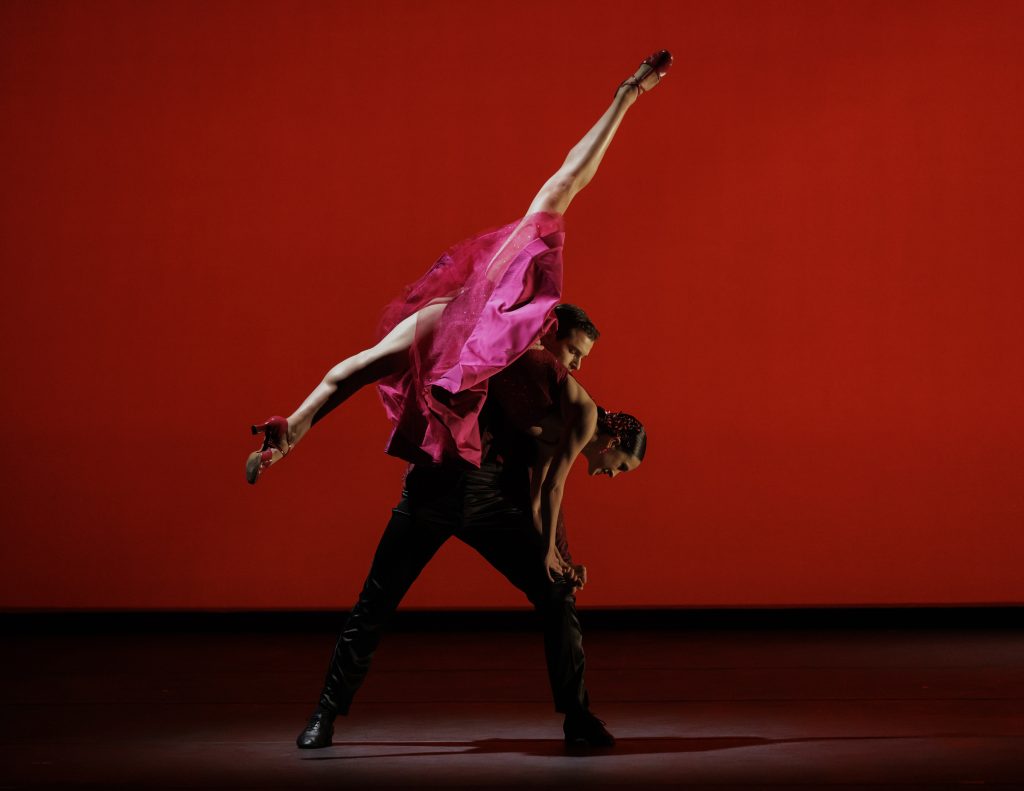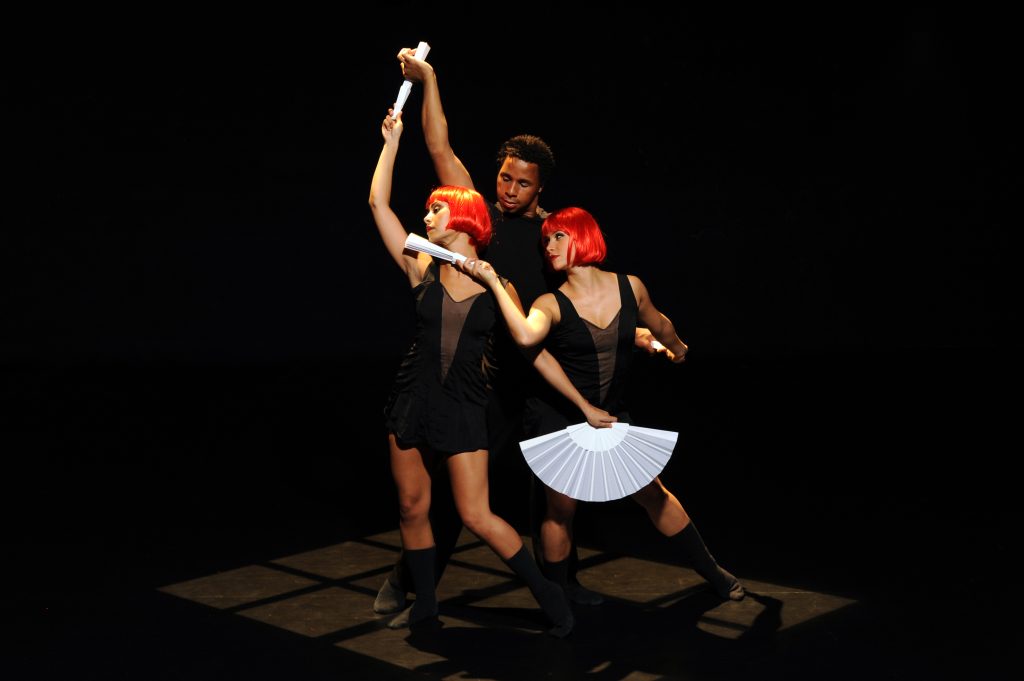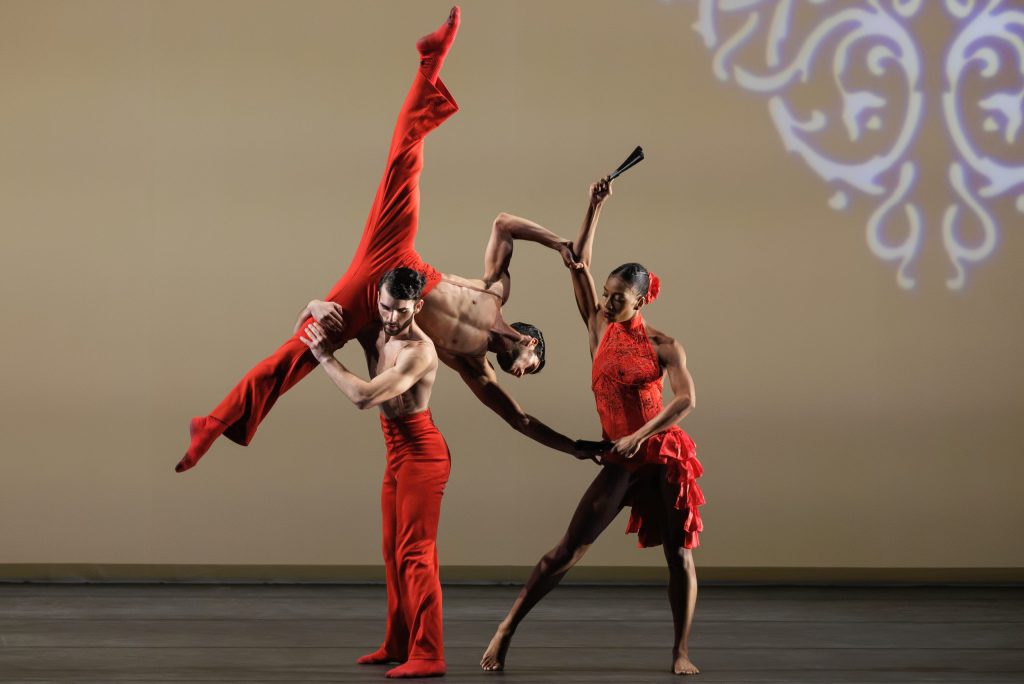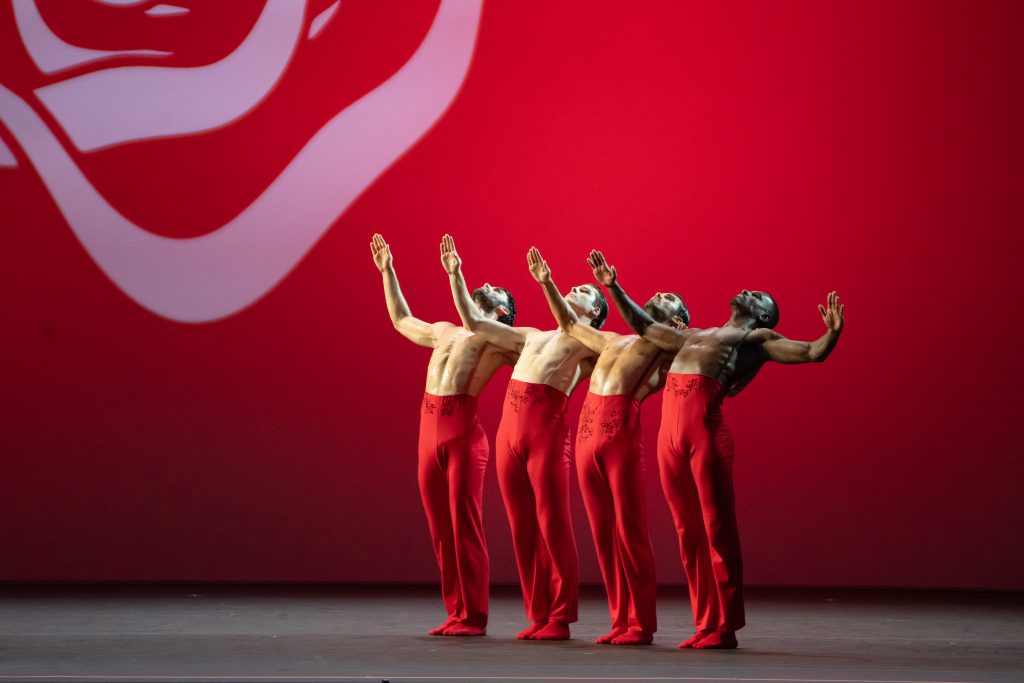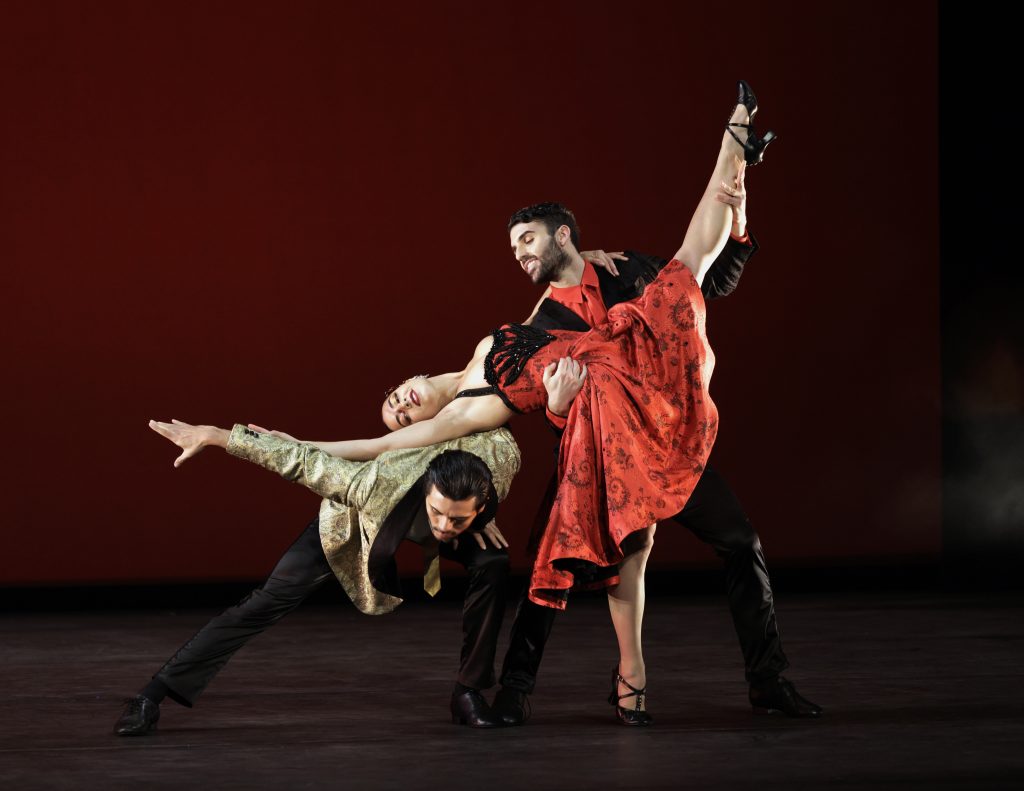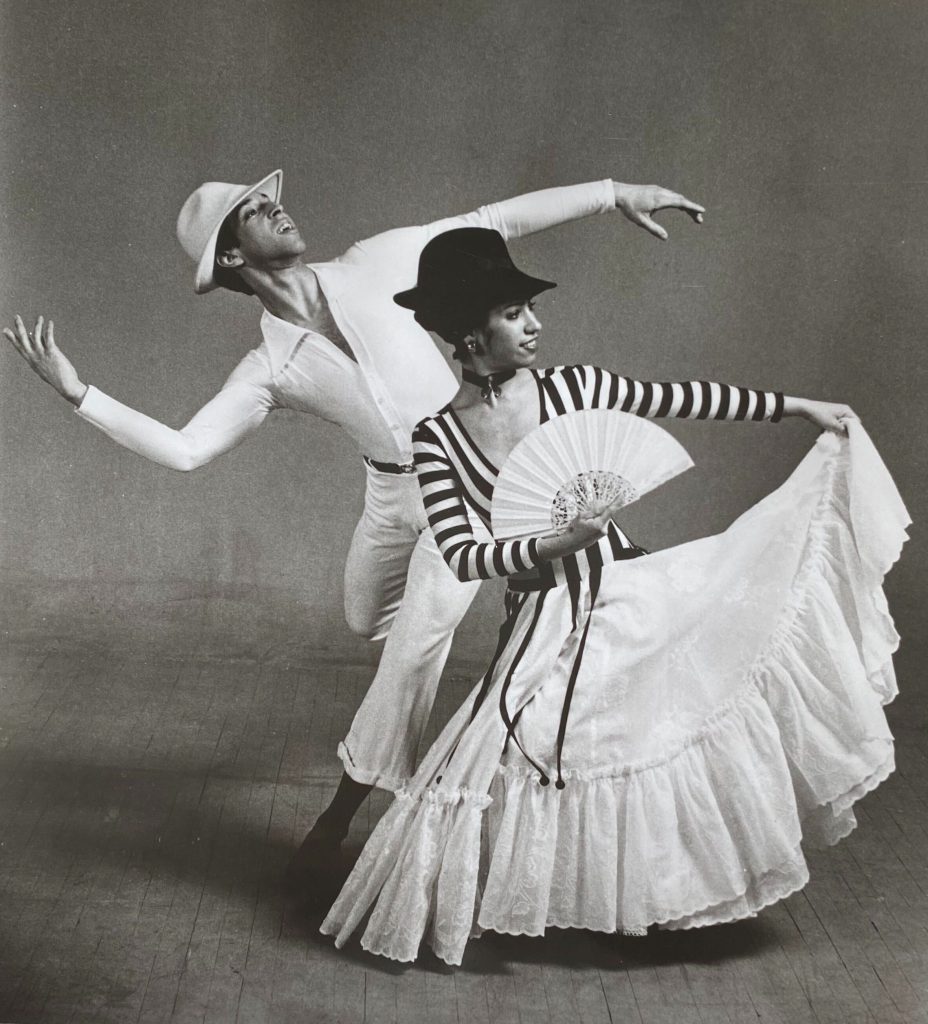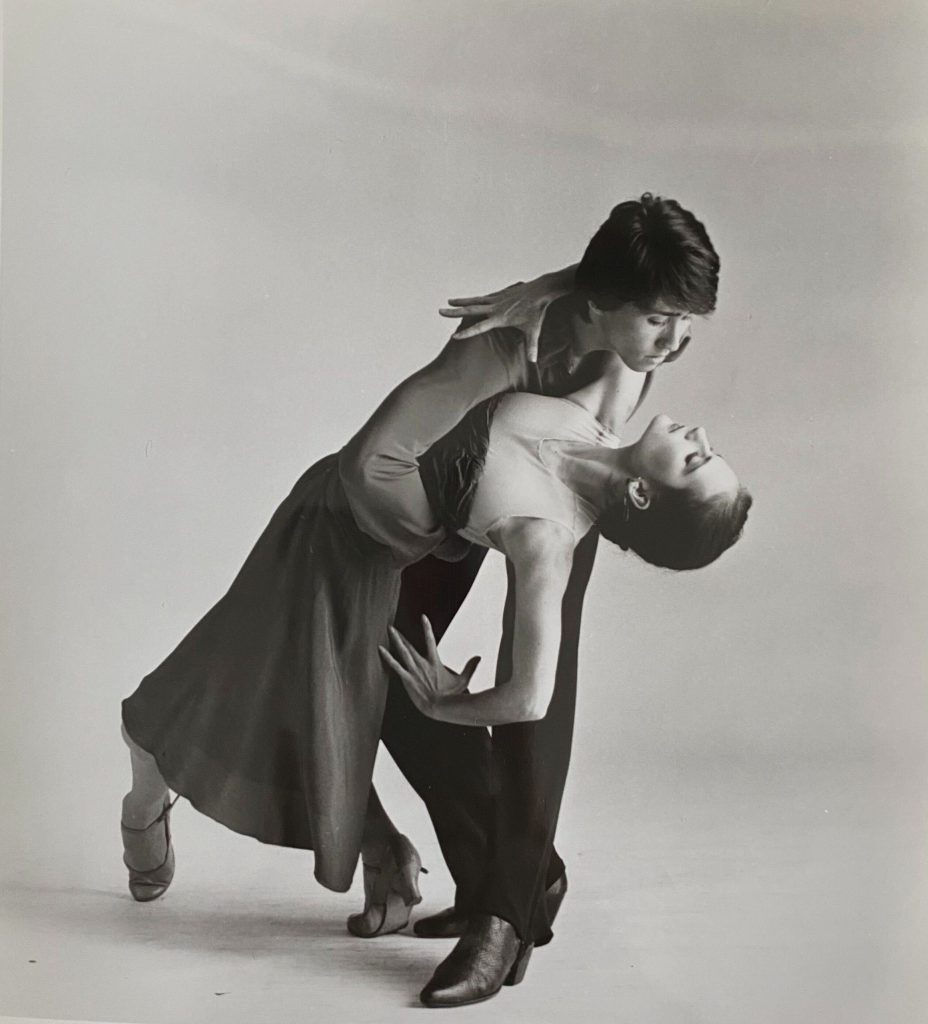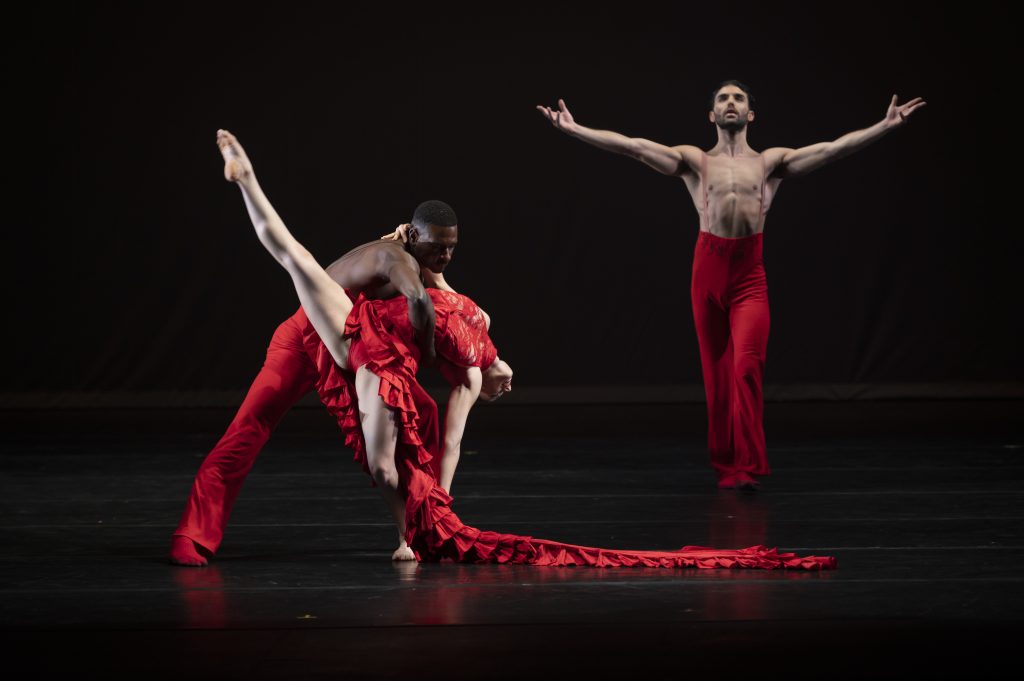Eduardo Vilaro’s philosophy of dance stems from a basic belief in the power of the arts to change lives, reflect and impact culture, and strengthen community
Side of Culture recently had the good fortune of meeting with Eduardo Vilaro, Artistic Director and CEO of Ballet Hispánico, one of America’s foremost cultural organizations. It is a special time for Ballet Hispánico, which is entering its 53rd year and is celebrating an important milestone: Vilaro’s 15th year as Artistic Director of the organization. In addition to Vilaro’s new work, Buscando a Juan, special programs are planned throughout the year. Ballet Hispánico is at the forefront of arts organizations that are creating and building community through the arts. It takes commitment and leadership from the many people working together to make its mission possible.
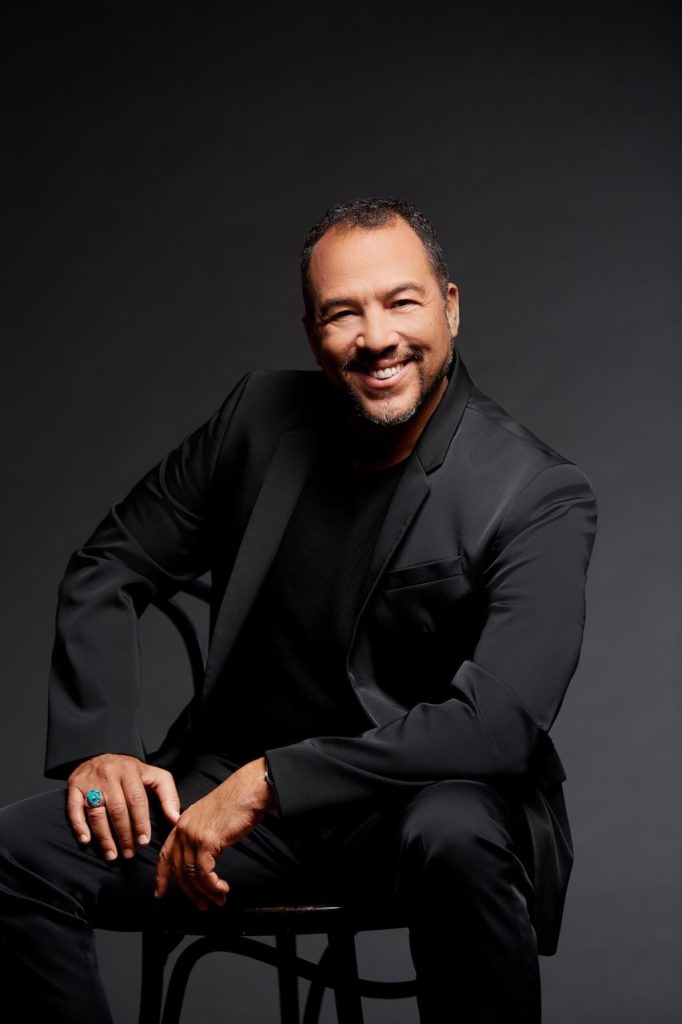
Ballet Hispánico is the largest Latinx/Latine/Hispanic cultural organization in the United States. Ballet Hispánico’s three main programs, the Company, School of Dance, and Community Arts Partnerships, bring communities together to celebrate the multifaceted Hispanic diasporas. Ballet Hispánico’s New York City headquarters provide the physical home and cultural heart for Latinx dance in the United States.
Born in Cuba and raised in New York City from the age of six, Vilaro shares with us his insights and perspectives on the impact of arts on individuals, the importance of the arts to building and strengthening communities, and the vitality that art gives to our cultural fabric, and importantly, the importance of providing a safe place for expression. Vilaro’s philosophy of dance stems from a basic belief in the power of the arts to change lives, reflect and impact culture, and strengthen community.
Side of Culture: One of Ballet Hispánico’s three-part mission is Community Arts Partnerships. Would you speak to us about this?
Vilaro: Arts are a cultural connector but throughout most of history, the arts were Western-based and brought over to America from Europe and were relatively elitist. I believe that the arts are for all people. In terms of community, dance, or any art form, asks us to collectively think about the world. When we sit in a darkened theater all together, we each have our individual thoughts and we all channel something different – intellectual and emotional — and these reactions are important and that is where the dialogue starts.
At Ballet Hispánico, and with all arts organizations, you achieve unity. Performances and schools bring people together and this unity is so important, especially in light of our difficult world and with the lack of funding for arts in schools. The arts give people of all ages the opportunity to think and to be, and many young people find their voice in the arts. I would have been a statistic if I had not found dance; most of my friends growing up are now dead either because of drugs or gangs. The power of art is so strong and this is why we fight the good fight about art being community-focused.
The School of Dance at Ballet Hispánico is really active and vibrant and offers teaching to all ages from 2 to 92. We are in 45 public schools offering engagement programs, and we are constantly teaching and offering seminars while on tour and traveling. We also provide scholarships for pre-professional and professional dance training. We are in constant dialogue with our partners – theaters, schools, social service organizations – about what they need and what we can offer.
Side of Culture: In a recent survey and report from Americans for the Arts, there was overwhelming evidence of people in support of and being helped by the arts. You have served on grants panels for the National Endowment for the Arts and the New York State Council on the Arts, advised arts organizations as a member of the advisory board of Dance/NYC and served as a board member of Dance/USA so you are very familiar with this world. Despite the pandemic, maybe we are poised for a comeback in arts funding?
Vilaro: I have concerns about the state of the arts in America: We are turning everything into consumerism because we are a capitalist society, and we live in a donor-based system. Donors are holding on to their purses right now because of the volatile economy and so I am a bit concerned about the smaller organizations especially. I just wish there were more funding from the public level. No one can rely on government funding. We need a cultural shift in our government that says the arts are really worthy. In the case of Ballet Hispánico, the mission of diversity is so clear that we have to find those donors who really understand the power of diversity.
Side of Culture: What does leadership in the arts mean to you today?
Vilaro: Arts leaders today cannot just be arts leaders, we have to be advocates when we speak about the artistic process and about all people and raising all boats. It’s hard work; this is a huge country and there are so many people and there is so much uneven wealth in this country and so I am always wondering how can we raise all of the boats?
Advocacy and expressing mission and taking the lead on thought leadership and speaking up for artists and against injustice but in an inclusionary way. It’s a tricky thing for a leader. The arts are not about politics but they can reflect politics and the arts are a reflection of who we are and our human condition.
Side of Culture: How do you manage your time?
Vilaro: As with everything, it takes a village and I work with excellent people. Most of us work 24/7/365. Also, working with our Board is crucial and they are with us every step of the way – they are immersed. There is never doubt with my Board as we work so closely together to create and reach our goals and we make sure that each Board member finds their joy on the Board. We have tough conversations about money but we have to remember that we are not for profit. And, yes, I do reach out to other leaders in the arts. I am an active participant in several different groups of leaders and it is important that we have access to one another.
Side of Culture: How do you juggle being Artistic Director and CEO?
Vilaro: Being the Artistic Director as well as the CEO allows me to have fun along while doing all of the necessary things. It also puts me in the middle of the act of creating and of the decision-making about our artistic output. In both positions, I am bringing everyone together to be involved with our collective bottom line. Ballet Hispánico is a happy place. It is not a place of drudgery, and there has to be joy in what we do.
Vilaro is only the second person to head the company since its founding in 1970, and in 2015, he was also named Chief Executive Officer. He has infused Ballet Hispánico’s legacy with a bold brand of contemporary dance that reflects America’s changing cultural landscape. Vilaro’s own choreography is devoted to capturing the Latin American experience in its totality and diversity. His works are catalysts for new dialogues about what it means to be an American. He has created more than 40 ballets with commissions that include the Ravinia Festival, the Chicago Sinfonietta, the Grant Park Festival, the Lexington Ballet and the Chicago Symphony.
In celebration of Vilaro’s 15th year as Artistic Director of Ballet Hispánico, Vilaro choreographed a new work, Buscando a Juan. It is inspired by The Metropolitan Museum of Art’s exhibition of Juan de Pareja, Afro-Hispanic Painter, and is a layered and immersive piece inspired by the life of Juan de Pareja, the Afro-Hispanic painter who was enslaved in Spanish painter Diego Velázquez’s studio for over two decades before becoming an artist in his own right.
In closing, Vilaro said, “I just have so much gratitude for this life and I have seen so much. This art form took me out of the Bronx and in front of presidents and so many people. I have a lot of hutzpah but it takes a village; I have so much gratitude for people and the possibilities that I was given. Today, I teach the classes because I want kids to see a leader in action and to be able to say I can do this too. He looks like me.”
For more information on Ballet Hispánico and upcoming performances and classes, please visit ballethispanico.org.

